Can You Use A Variable Nd Filter?
## Mastering the Use of Variable ND Filters: A Comprehensive Guide
As photography and videography enthusiasts continually strive to elevate their craft, understanding and utilizing the best tools available becomes paramount. One such tool that proves indispensable for many professionals and hobbyists alike is the variable ND (Neutral Density) filter. This versatile piece of equipment offers photographers and videographers enhanced control over their exposure settings, even in challenging lighting conditions.
However, despite its advantages, many users grapple with questions about the correct usage of variable ND filters. This guide intends to demystify these queries, provide practical advice, and equip you with the knowledge needed to maximize the utility of this powerful tool.
What is a Variable ND Filter?
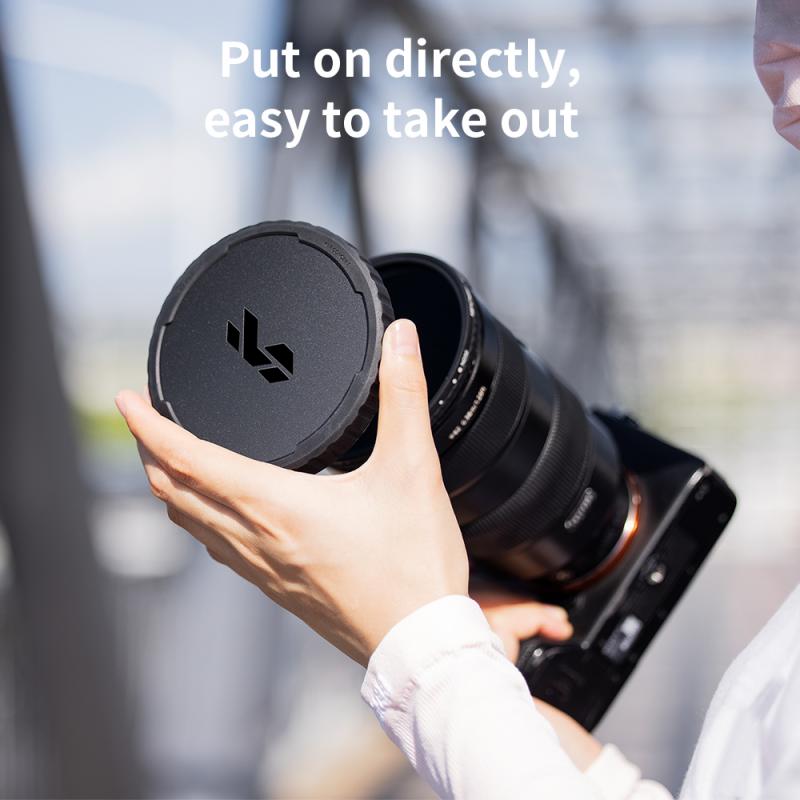
A variable ND filter, unlike fixed ND filters which have a single light-stopping value, allows users to adjust the filter’s darkness by rotating it. This flexibility makes it an attractive option for those who require different degrees of light reduction without the need to carry multiple fixed ND filters. The design typically consists of two polarizing layers which, when rotated, change the amount of light passing through the filter, providing an adjustable range of exposure control.
Why Use a Variable ND Filter?
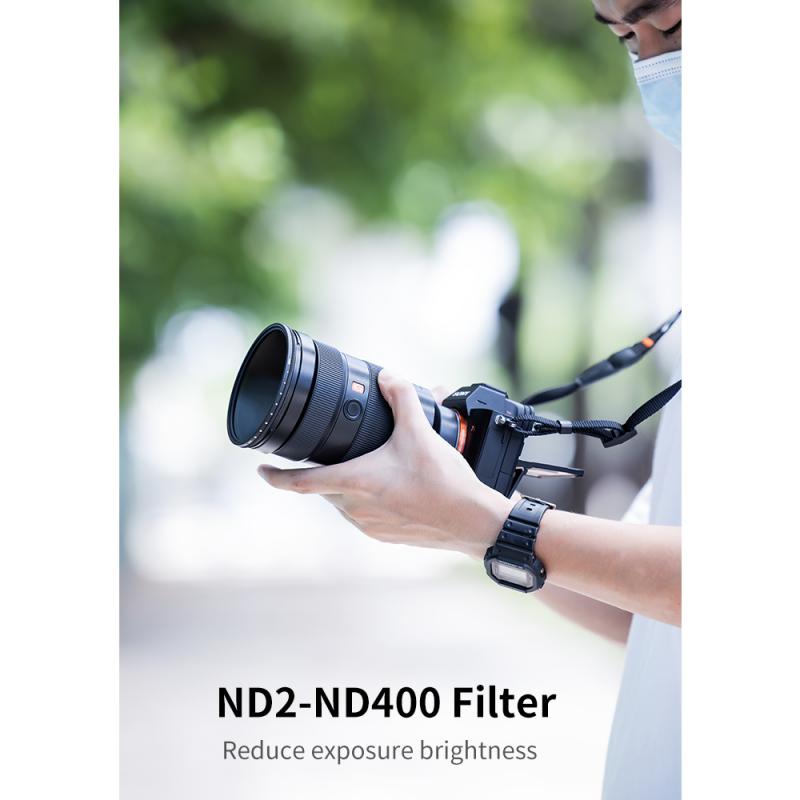
The primary reason for using a variable ND filter is to gain precise control over the exposure of an image or video. Here are several scenarios where a variable ND filter proves beneficial:
1. Managing Bright Light: In bright light conditions, achieving the desired effect (like shallow depth of field) can be challenging. A variable ND filter allows for wider apertures without overexposing the image.
2. Controlling Motion Blur: For long exposure photography, such as capturing silky smooth waterfalls or motion-blurred clouds, the filter reduces light intake and lets you use slower shutter speeds during daylight.
3. Cinematic Videos: In videography, maintaining a consistent shutter speed-to-frame-rate ratio is critical (often 1/50th for 24 fps). Variable ND filters help achieve this without compromising exposure in sunlight.
4. Creative Flexibility: Being able to adjust light intake on the fly expands creative opportunities, allowing for quick adaptability to changing lighting conditions.
Practical Tips for Using a Variable ND Filter
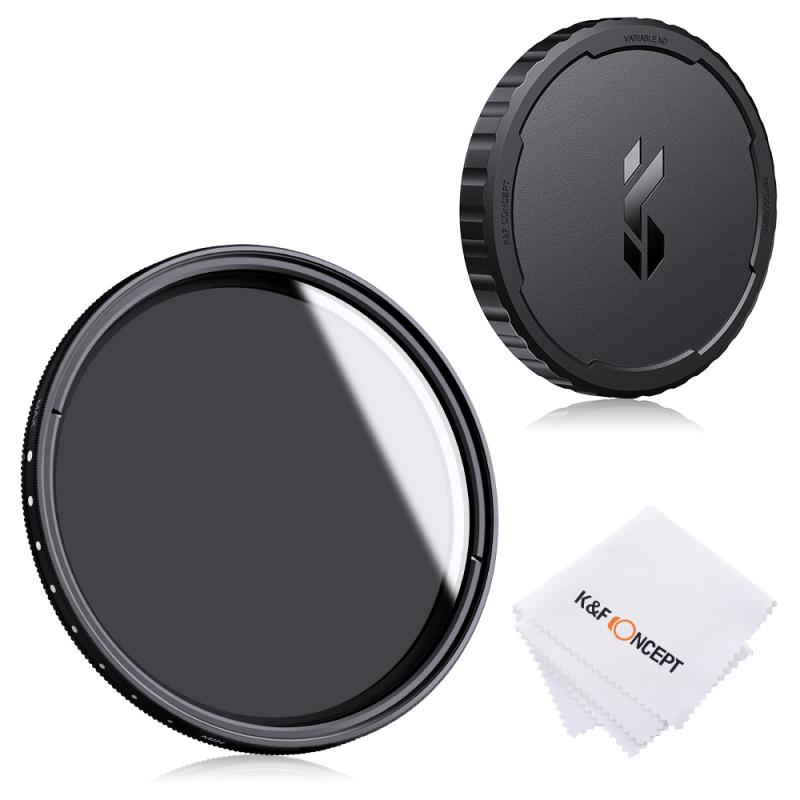
1. Selecting the Right Filter
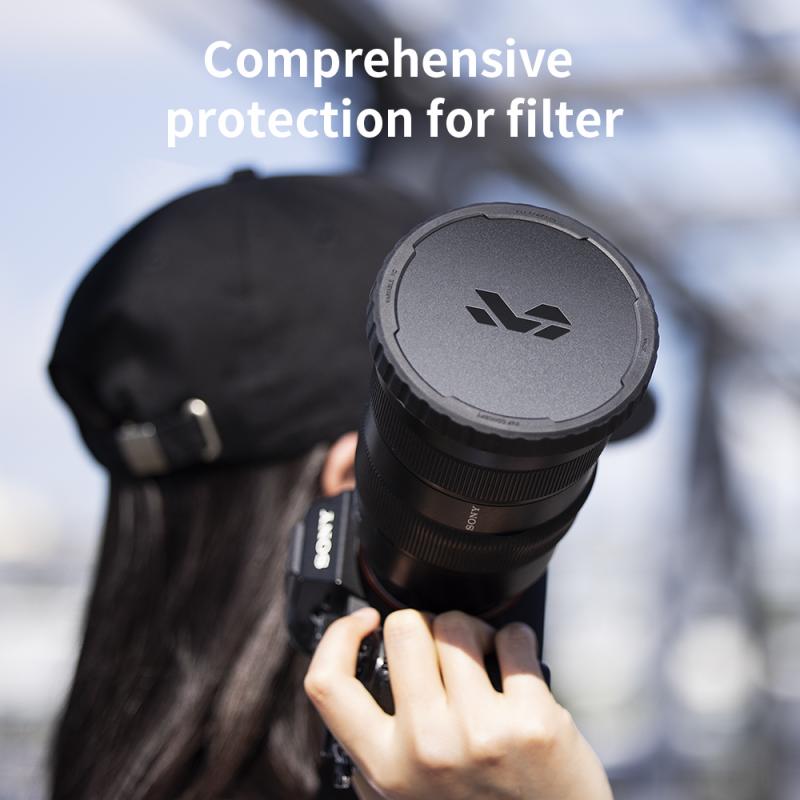
The first consideration is ensuring you purchase a high-quality variable ND filter. Cheaper alternatives can introduce issues like color cast, vignetting, and reduced sharpness. Investing in a reputable brand might come at a higher cost but pays off in image quality and reliability.
2. Adjusting the Filter
To effectively use a variable ND filter, follow these steps:
- Mount the Filter: Attach the filter to the front of your lens.
- Set Your Exposure: With the filter mounted, set your desired aperture, shutter speed, and ISO settings.
- Rotate the Filter: Adjust the filter by rotating it until the desired exposure is achieved. Be mindful of any excessive darkening or cross-polarization effects (“X” pattern), which signifies surpassing the filter’s effective range.
3. Addressing Potential Issues
Despite their versatility, variable ND filters can present challenges:
- Cross-Polarization Effect: The “X” pattern may emerge at higher ND settings, especially on wide-angle lenses. To avoid this, refrain from maxing out the filter’s range.
- Color Cast: Some filters may introduce a color cast. Correct this in post-processing, or select a filter known for minimal color shift.
- Vignetting: Occurs when the filter edges cause darkening in the corners of the image. Using a filter designed for wide-angle lenses can mitigate this.
Advanced Techniques and Best Practices
Using Variable ND Filters in Different Genres
- Landscape Photography: For landscapes, a variable ND filter can help achieve dramatic skies and smooth water surfaces. Aim for a balance between exposure settings and filter strength to maintain image quality.
- Portrait Photography: In portraiture, it allows for wide apertures (like f/1.4 or f/2.8) even in bright sunlight, creating a beautiful subject-background separation without overexposure.
- Street Photography: Capturing candid or street scenes often requires flexibility. Using a variable ND filter can help maintain dynamic range and appropriate exposure despite rapidly changing light conditions.
Combining Filters
In some advanced applications, combining a variable ND filter with other filters (like a polarizer or a fixed ND) might be necessary. Be cautious, as stacking filters can increase the risk of vignetting and degrade image quality. Always test your setup in controlled conditions before heading out on a critical shoot.
Maintenance and Care
Maintaining your variable ND filter is crucial for consistent performance:
- Clean Regularly: Use a microfiber cloth and lens cleaner to keep the filter free of dust, fingerprints, and smudges.
- Store Properly: When not in use, store the filter in its case to protect it from scratches and environmental factors.
- Handle with Care: Avoid touching the glass surface directly, and always handle the filter by its edges.
In conclusion, mastering the use of variable ND filters can significantly enhance your photographic and videographic capabilities. From managing exposure in bright environments to creatively controlling motion blur, these filters offer an invaluable addition to your toolkit. Ensuring you select a high-quality filter and understanding how to properly adjust and maintain it will unlock new creative possibilities and help you achieve professional-quality results.
Remember, like any tool, practice and experimentation are key. Spend time familiarizing yourself with the filter's behavior, especially in different lighting scenarios. Over time, you’ll gain a more intuitive grasp of when and how to utilize a variable ND filter, allowing you to push the boundaries of your creative vision.








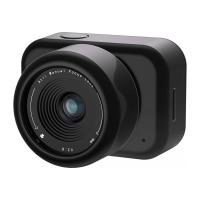
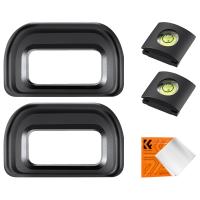



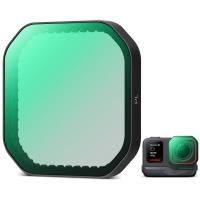

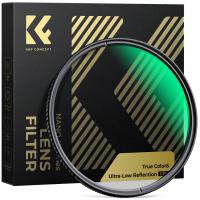

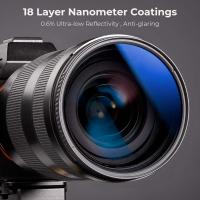





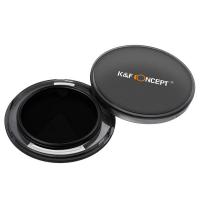

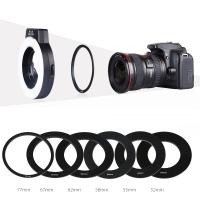

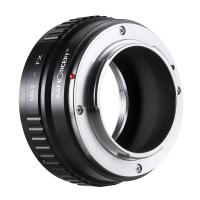




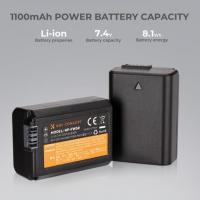
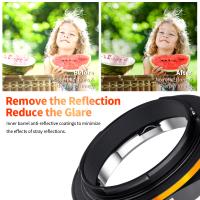
There are no comments for this blog.